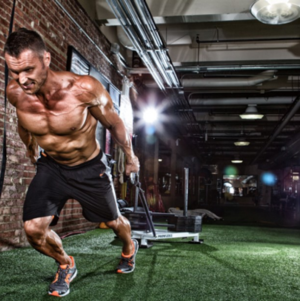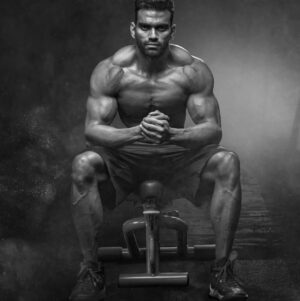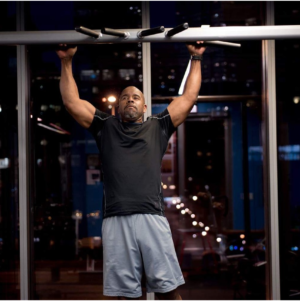From our earliest steps, we were introduced to the world of sports. As toddlers, we ran, played tag, jumped around in hopscotch, kicked balls in games like kickball, and engaged in various other athletic activities.
At the same time, our educational journey incorporated physical education into the curriculum early on. Reflecting on my childhood, memories of attending physical education classes come to mind. These classes often involved team activities that fostered the development of qualities such as good sportsmanship and understanding the value of both winning and losing gracefully. While we were competitive, it was important to maintain respect for our teammates.
As a child’s personality takes shape, these acquired skills become tools for interacting with others. Not every child excels academically, but the cultivation of a strong and healthy body is universally important. In addition, participation in physical education and athletic competition fosters qualities such as leadership and self-esteem. The importance of sport in our daily lives The development of childhood athletics.
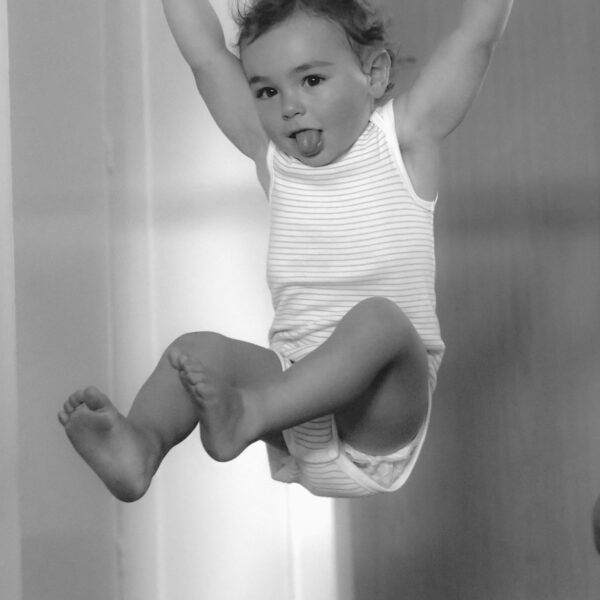
Sports in Adulthood
The influence of physical education in our childhood has a lasting impact on our adult lives.
Whether one becomes a professional athlete or applies the skills acquired in childhood, proficiency in various aspects of daily life is evident.
Participation in sports during childhood instills discipline and emphasizes the importance of punctuality. As adults, these skills are readily transferable to punctuality in professional and social settings.
Well-being
Equally important is the consideration of our body and health. One need not be a professional athlete to maintain fitness and health. A physically active lifestyle yields positive responses from the body. Those who were inactive as children often experience more physical ailments in adulthood.
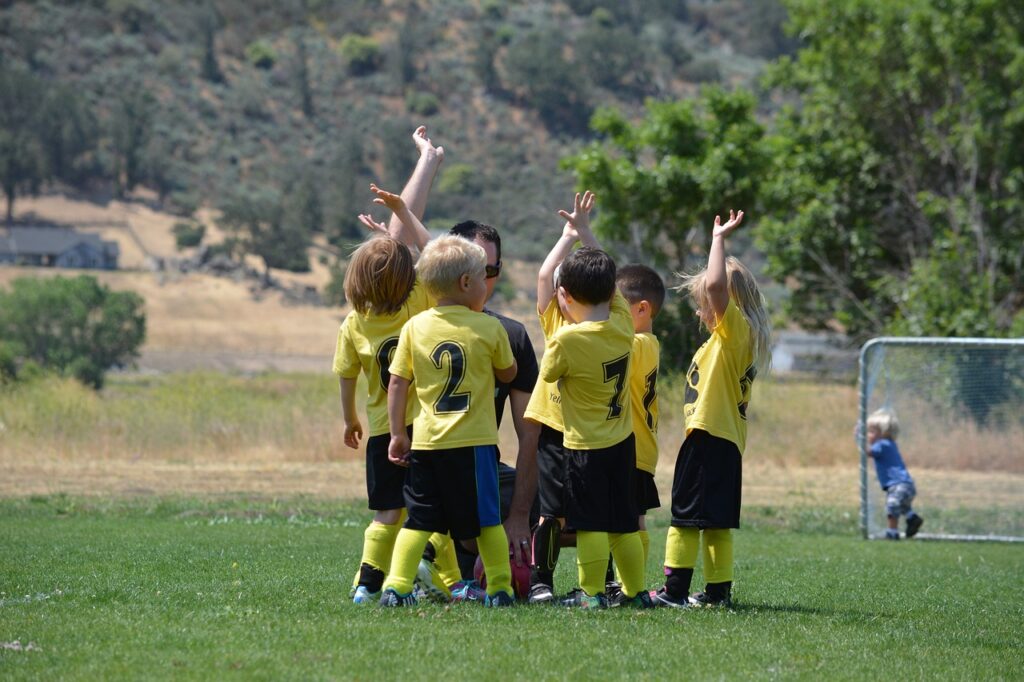
Even for those who were not physically active in childhood, there are numerous adult physical activities to explore. Engaging in local fitness classes, walking on the beach or in the park, and participating in activities like hiking, cycling, dancing, or swimming are viable options.
Regular exercise contributes to healthier bodily functions, including the heart and lungs. Additionally, physically fit individuals exhibit lower rates of diabetes and high blood pressure.
Conclusion
In summary, a healthier lifestyle correlates with a longer lifespan. Remarkably, many enduring relationships stem from shared physical activities or sports. Furthermore, engaging in physical activities serves as an excellent stress-relieving mechanism.
While the nature of playing sports may evolve as we transition into adulthood, it remains imperative to discover an activity or exercise that brings joy and satisfaction.

